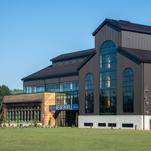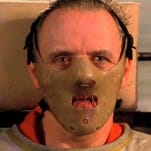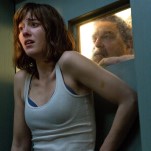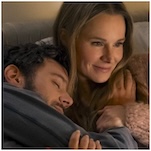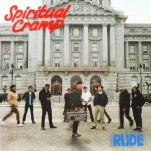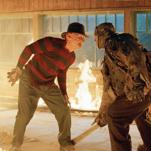City on Fire by Garth Risk Hallberg
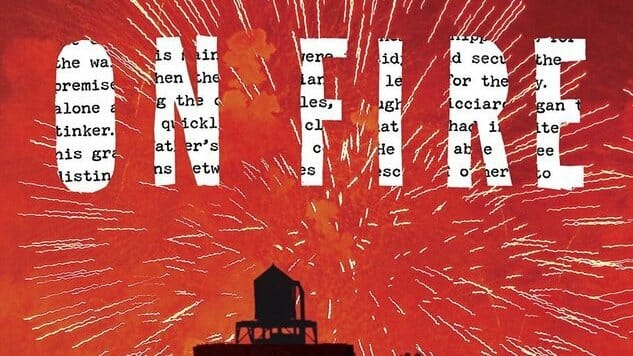
Though Garth Risk Hallberg is the author of one experimental novella, “Field Guide to the North American Family,” he has written a great American novel on his first attempt. His undertaking is huge, his delivery is excellent, but the question of Hallberg’s first novel was controversial before anyone opened a cover.
 Hallberg, 36 years old and raised in the Carolinas by a father who is also a novelist, was given a seven-figure advance for City on Fire. The literary debate started almost immediately: Will it raise the value of first novels for other writers? Will a non-literary audience pick it up? And if it doesn’t recoup sales, won’t the industry as a whole be plagued? And, maybe the question that was hinted at beneath it all, why didn’t MY first novel get that kind of dough?
Hallberg, 36 years old and raised in the Carolinas by a father who is also a novelist, was given a seven-figure advance for City on Fire. The literary debate started almost immediately: Will it raise the value of first novels for other writers? Will a non-literary audience pick it up? And if it doesn’t recoup sales, won’t the industry as a whole be plagued? And, maybe the question that was hinted at beneath it all, why didn’t MY first novel get that kind of dough?
It also happens to be set in the literary mecca of the world, New York, and once a “city” novel takes on the landscape of Manhattan, every reviewer under sleek magazine covers is going to assess the accuracy, the smell, the milieu of their town. In fact, a fair share of reviewers spend more time detailing the black outs, the economic rise and fall, the gentrification, the AIDS epidemic of their own memory, as if Hallberg’s historical fiction has given them an excuse to fall back into their own histrionics.
Hallberg’s novel is a commingling of F. Scott Fitzgerald, J. D. Salinger and Tom Wolfe. The inner depth of Hallberg’s characters speaks to Salinger’s most famous character, Holden Caulfield. There is even some salt and pepper from McInerney and Pynchon. With a novel formatted in an array of different mediums—‘zine journals, diaries, illustrations—and being so weighty, it also runs into collusion with David Foster Wallace’s Infinite Jest, Donna Tartt’s blockbuster The Goldfinch or any of Jonathan Franzen’s monster tomes. ?
-

-

-

-

-

-

-

-

-

-

-

-

-

-

-

-

-

-

-

-

-

-

-

-

-

-

-

-

-

-

-

-

-

-

-

-

-

-

-

-







